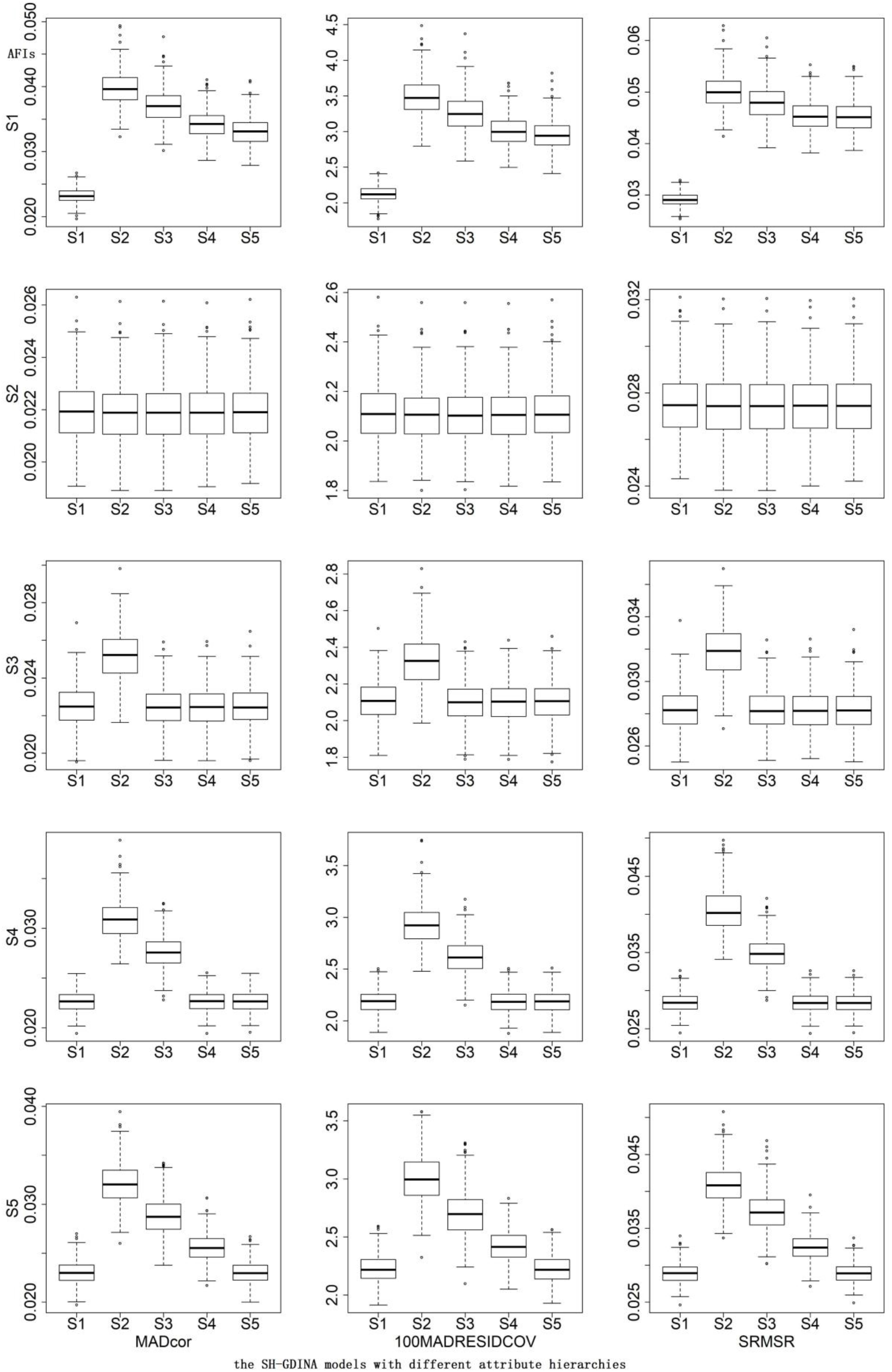
HIERARCHICAL SEQUENTIAL TESTING SOFTWARE
This is an open access article distributed under the terms of the Creative Commons Attribution License, which permits unrestricted use, distribution, and reproduction in any medium, provided the original author and source are credited.ĭata Availability: All numerical datasets necessary to replicate the results shown in this article can easily be generated by numerical simulations with the software code provided below. Received: SeptemAccepted: Published: June 21, 2022Ĭopyright: © 2022 Asabuki et al. PLoS Comput Biol 18(6):Įditor: Abigail Morrison, Research Center Jülich, GERMANY


Our results suggest that recurrent gating of dendro-somatic signal transfers is crucial for cortical learning of context-dependent segmentation tasks.Ĭitation: Asabuki T, Kokate P, Fukai T (2022) Neural circuit mechanisms of hierarchical sequence learning tested on large-scale recording data. In particular, the model was successful for segmenting multiple cell assemblies repeating in large-scale calcium imaging data containing thousands of cortical neurons. The model was tested on both synthetic and real neural data. Consequently, these connections filter the redundant input features represented by the dendrites but unnecessary in the given context. In this model, multiplicative recurrent connections learn a context-dependent gating of dendro-somatic information transfers to minimize error in the prediction of somatic responses by the dendrites. Here, we show that a recurrent gated network of neurons with dendrites can efficiently solve difficult segmentation tasks.

This learning requires unsupervised segmentation of hierarchically organized spike sequences, but the underlying neural mechanism is only poorly understood. The brain performs various cognitive functions by learning the spatiotemporal salient features of the environment.


 0 kommentar(er)
0 kommentar(er)
